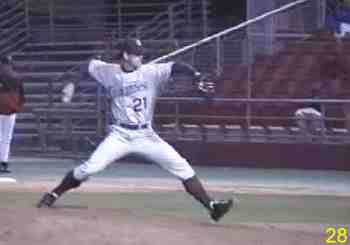| ChrisOLeary.com |
| ChrisOLeary.com > BUY > Pitching > Mark Prior's Pitching Mechanics |
|
Updated October 27, 2020
As so often — and usually — happens, Mark Prior's Inverted W created a particularly bad Timing problem that I call Flat Arm Syndrome. 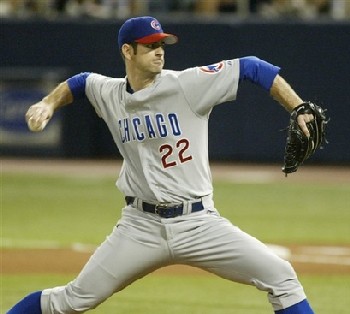
Mark PriorIn the sequence below, notice how, because of high his elbow gets, due to his Inverted W, Mark Prior's pitching arm is FLAT and not UP — which is BAD — in the frame before his shoulders start to turn... 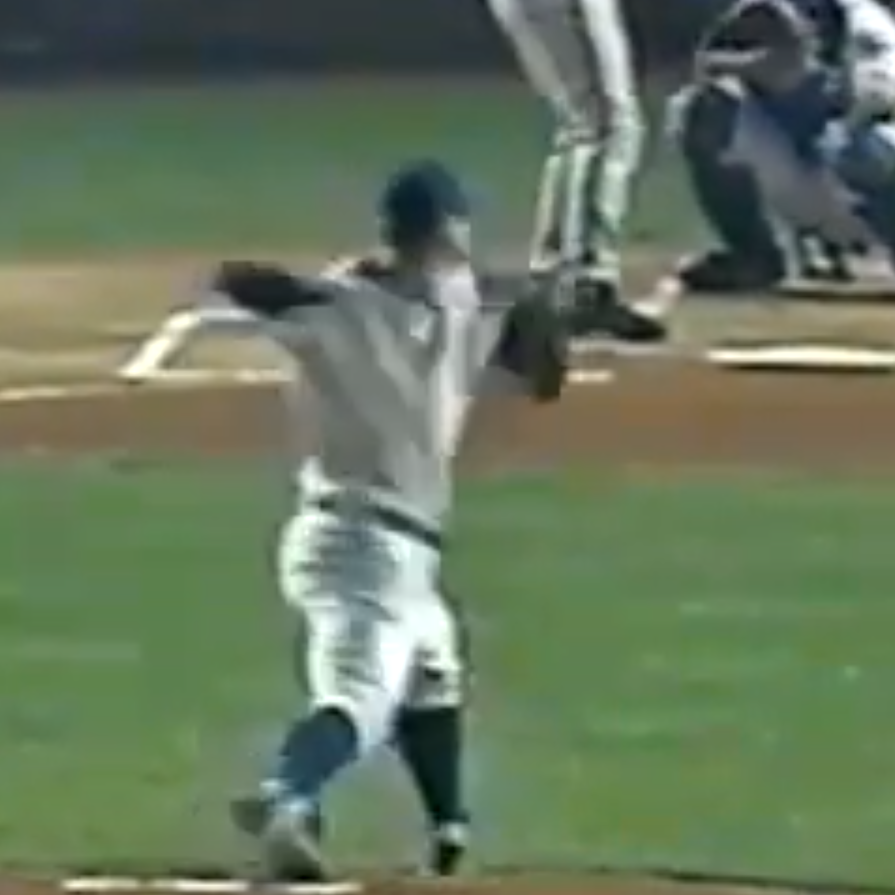
...it starts to come under load... 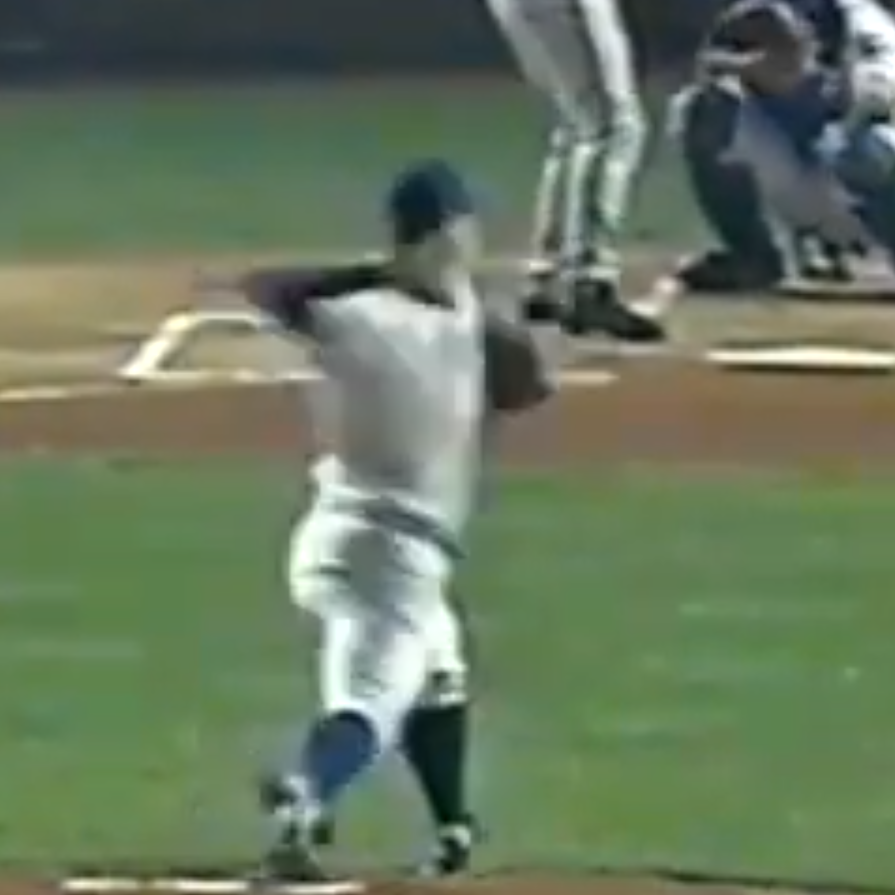
...and his pitching arm blurs out due to the rapid acceleration. 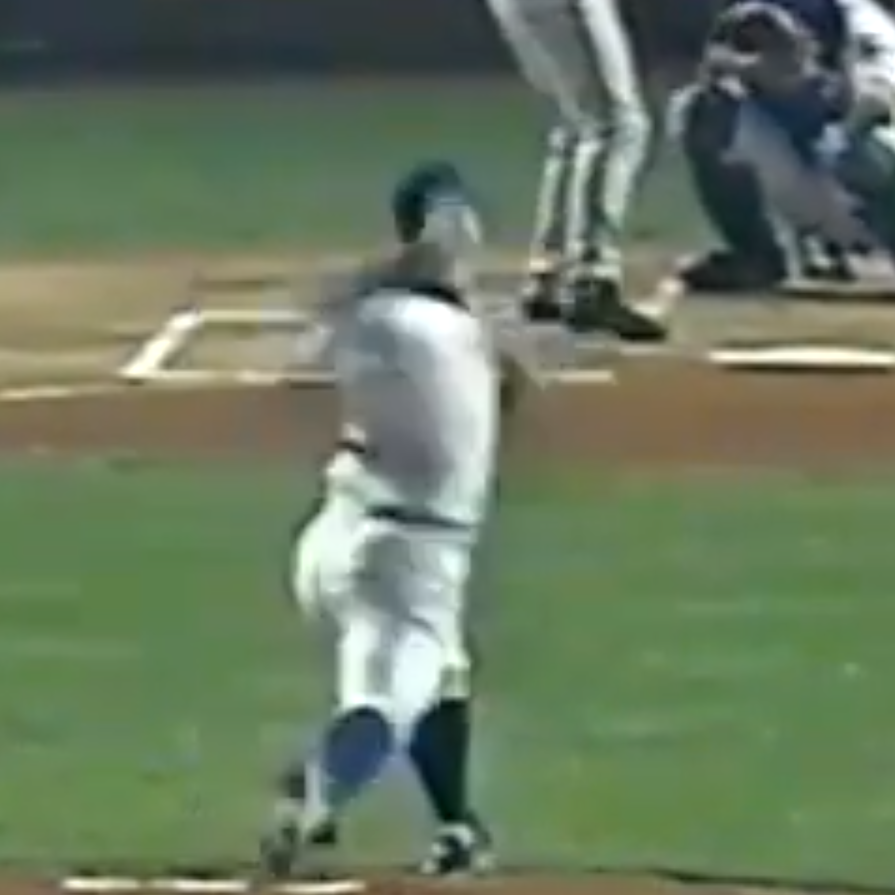
I've looked at different aspects of Mark Prior's pitching mechanics in a number of other pieces.
Mark Prior's Pitching MechanicsThe difference between how Mark Prior and Nolan Ryan moved is obvious to the naked eye. 
And is relevant to their different fates. "Perfect" Mechanics?Before anyone gets on me about Mark Prior's (supposedly) perfect pitching mechanics, let me explain something. The person who said that Mark Prior had perfect pitching mechanics is a guy named Tom House. Tom House also happened to be Mark Prior's pitching coach. And designed Mark Prior's pitching mechanics. As a result, Tom House shouldn't be considered an impartial, objective observer and his pronouncements about Mark Prior need to be taken with a huge grain of salt. Now, on to the analyses. Third Base ViewWhile I'd analyzed Mark Prior's pitching mechanics before, I hadn't been able to do so using high-quality video or from the best angles. Then, one day, a client sent me a clip of him pitching against Mark Prior. I extracted a few key frames from that high quality video that made it clear what Mark Prior's problems were. 
Mark PriorA third base view of Mark Prior shows WHAT he did that got him in trouble. 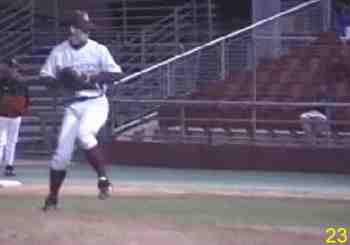
Frame 23In Frame 23, Mark Prior is just about to break his hands. 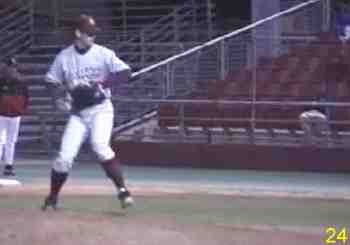
Frame 24In Frame 24, Mark Prior has just broken his hands and is starting his arm swing. 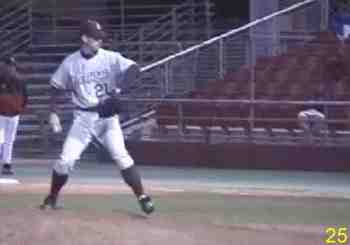
Frame 25In Frame 25, Mark Prior is continuing his arm swing and is striding toward the plate. Up to this point, I'm fine with what I see. Mark Prior's arm action is pretty much perfect up to this point. 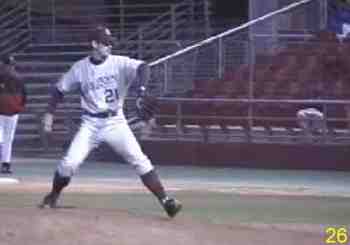
Frame 26Frame 26 is where Mark Prior starts to go off the rails. It's not obvious, but what Mark Prior is doing is leading his arm swing with his Pitching Arm Side (aka PAS) elbow. Some people call this breaking the hands with the elbows. The result is that Mark Prior's PAS elbow will end up much higher than is safe. That will put him in a position to damage both his elbow and his shoulder. I should point out that what Mark Prior does during his arm swing is very different than what Greg Maddux or Roger Clemens do during their arm swings, and that difference explains their very different fates. This difference is incredibly obvious, so much so that I can't believe the Cubs haven't picked up on it. For a couple of years, Maddux and Prior were both on their pitching staff, and you would think that someone would have thought to compare the similarities and differences between them as I have. But they haven't. In Frame 27 you can see how Mark Prior has continued his arm swing, and you can see how his PAS elbow has continued to come up. 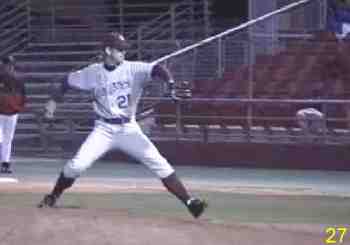
Frame 27The PAS elbows of Greg Maddux, Roger Clemens, Randy Johnson, and many other great pitchers never get this high during their arm swing. NOTE: If you doubt whether I said this and/or when, you can verify it using The Wayback Machine. In Frame 28, Mark Prior is at a position that I call the Inverted W (or simply The M). Notice how his PAS elbow is both above and behind his shoulders and his PAS forearm is hanging down nearly vertically beneath it. This position isn't damaging in and of itself. However, by coming to this position, Mark Prior is ensuring that his pitching arm will not be in the proper position at the moment his shoulders start to turn. As with pitchers with other timing problems like rushing, because his pitching arm is so late, he will dramatically increase the stress on both his elbow and shoulder. 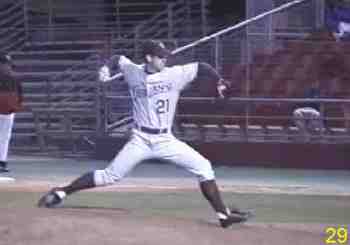
Frame 29In Frame 29, Mark Prior is landing on his Glove Side (aka GS) heel, but that's the least of his problems. Because his GS heel is down, we know that Mark Prior's shoulders are starting to rotate. However, his PAS arm isn't ready. It's late. Notice how his PAS forearm is not yet horizontal. In a pitcher like Greg Maddux, his PAS forearm is much closer to vertical (e.g. pointed upwards and near the high cocked position) at this moment. Mark Prior's PAS elbow is also extremely, and unusually, high at this moment. 
Frame 30In Frame 30, Mark Prior's shoulders have just started to turn. Notice that the word "Trojans" on his chest has shifted to the right as his hips have started pulling his shoulders around. However, at this moment Mark Prior's PAS elbow is still extremely high. It is well above the level of his shoulders in a position of Hyperabduction. This can lead to an impingement injury of the muscles of the Rotator Cuff, as well as other problems. As an aside, one reason that I am so nervous about the long-term health of Anthony Reyes and Adam Wainwright of my Cardinals is that I see the same problem in their mechanics. As a result, I expect that they will experience similar problems as Mark Prior. 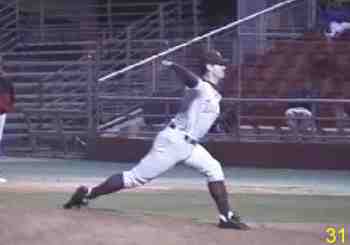
Frame 31In Frame 31, Mark Prior's shoulders have continued to rotate and his PAS upper arm has externally rotated, which has caused his PAS forearm to "bounce" or lay back toward 2B. While this looks problematic, it is actually normal and doesn't not have much to do with Mark Prior's problems. This happens to every pitcher's PAS upper arm and forearm. 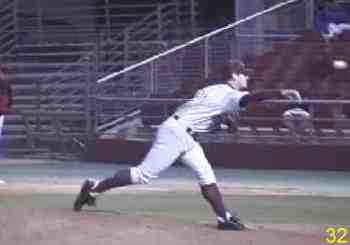
Frame 32In Frame 32, Mark Prior has just released the ball. One thing you can see is that Mark Prior stiffens his GS knee near the release point. This is a trick that some pitchers employ that makes me nervous because I think it can increase the stress on the elbow (and possibly the shoulder as well). There are better, and less stressful, ways of maximizing the rate and distance the hips rotate. Center Field ViewA center field view shows WHY what Mark Prior did was bad. 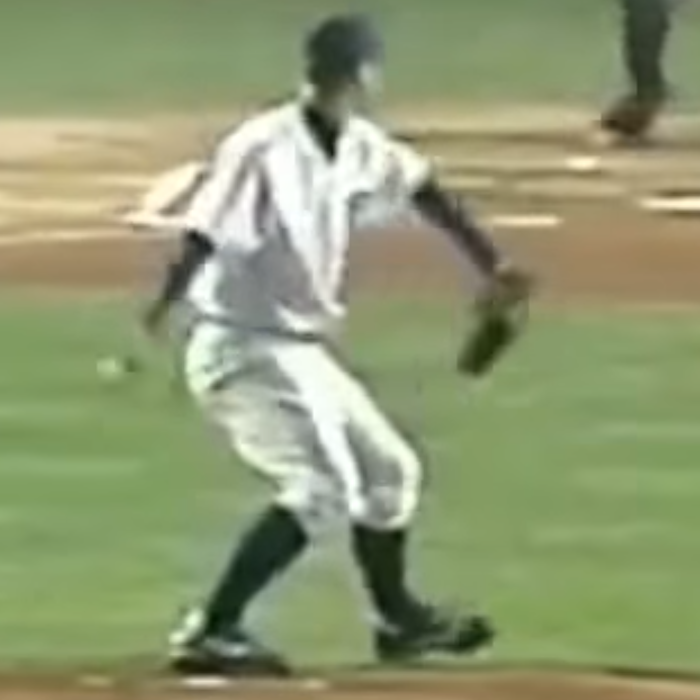
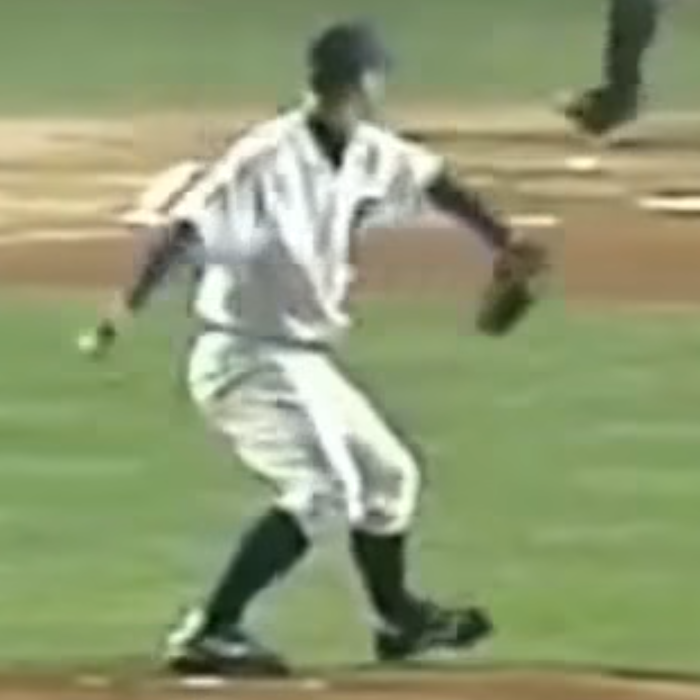
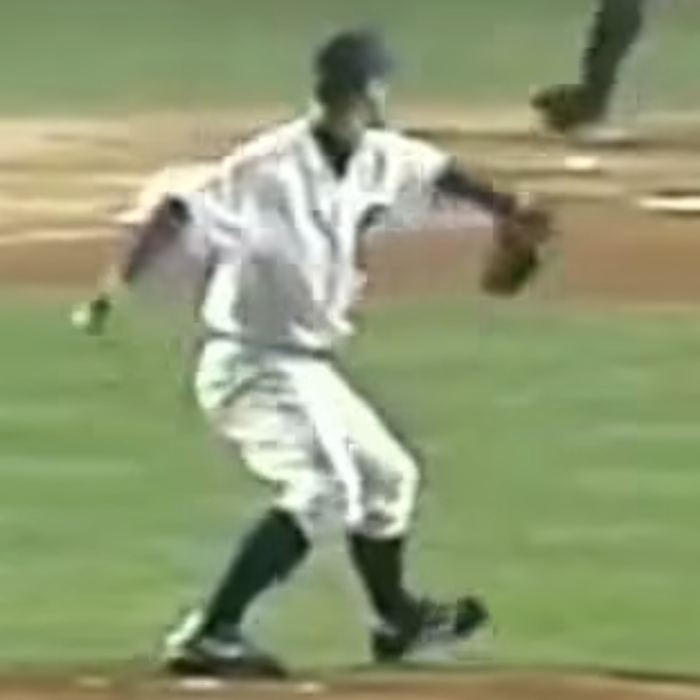
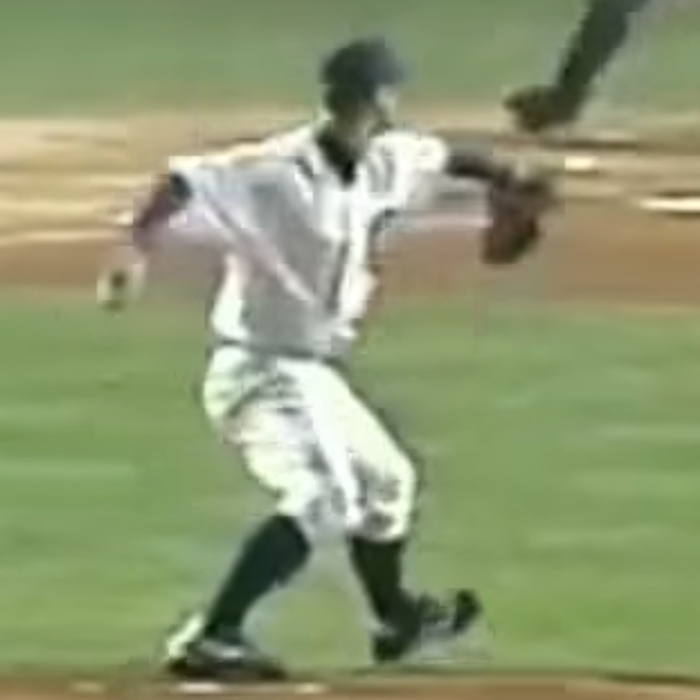
In sum, Mark Prior's Inverted W got his elbows, and his pitching arm, so high that they couldn't get back down by the time his shoulders started rotating. 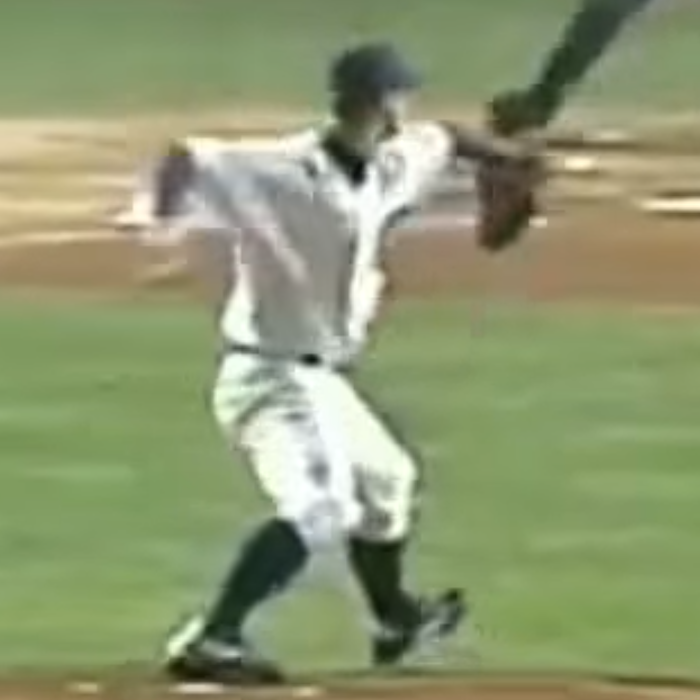
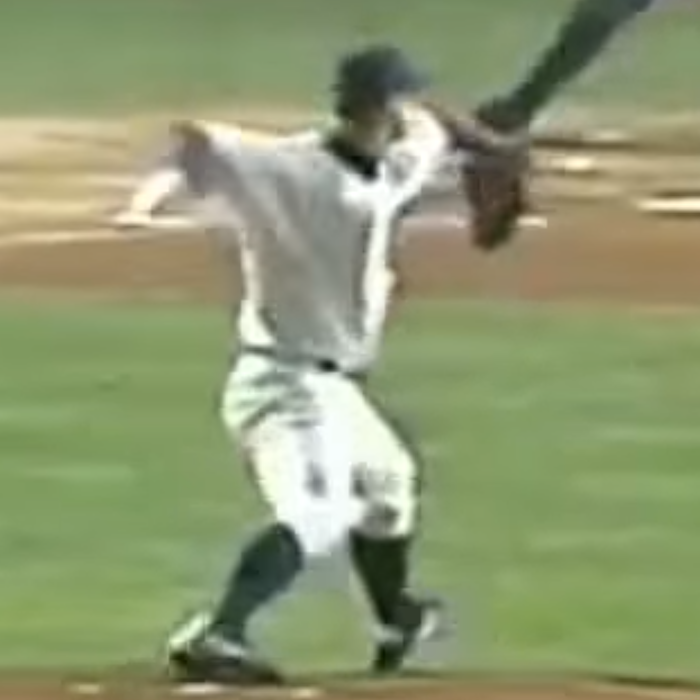

As a result, when his shoulders started to turn, and his pitching arm started to come under load, Mark Prior's pitching arm was — at best — FLAT and not UP. 
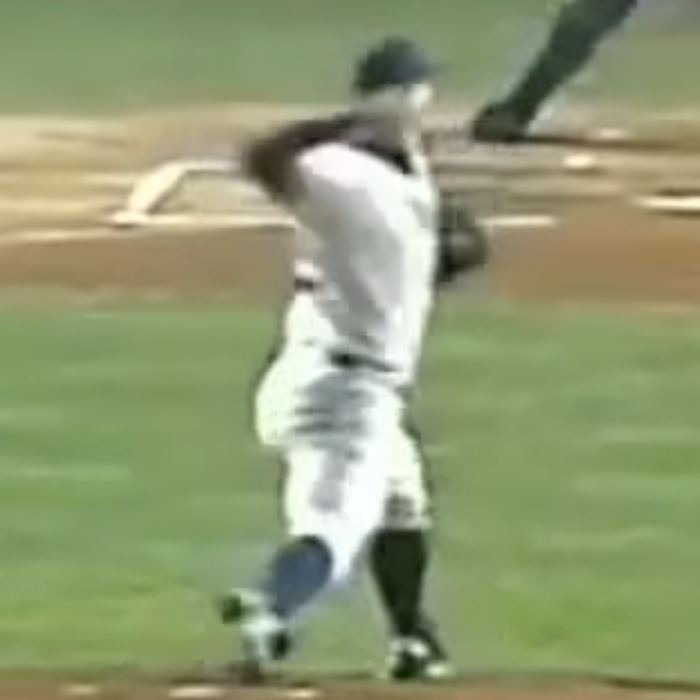
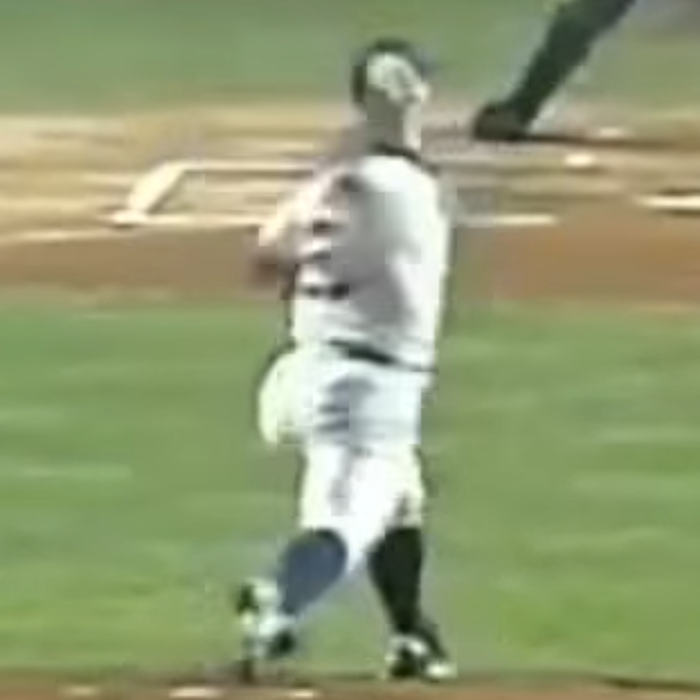
Original VersionIf you doubt when I said what, you can check using The Wayback Machine at Archive.org. Here is the Wayback Machine's capture of this page on November 29, 2007. |
| about | contact | copyright | sitemap | liability policy |

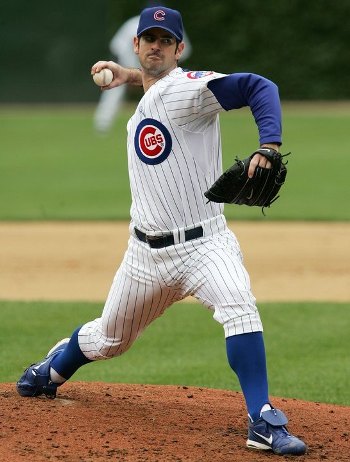 Despite what Tom House and his apologists say,
the root cause of Mark Prior's injury
problems was his pitching mechanics.
Despite what Tom House and his apologists say,
the root cause of Mark Prior's injury
problems was his pitching mechanics.